There is no fat in hand-brewed coffee. There is no fat in hand-brewed coffee.
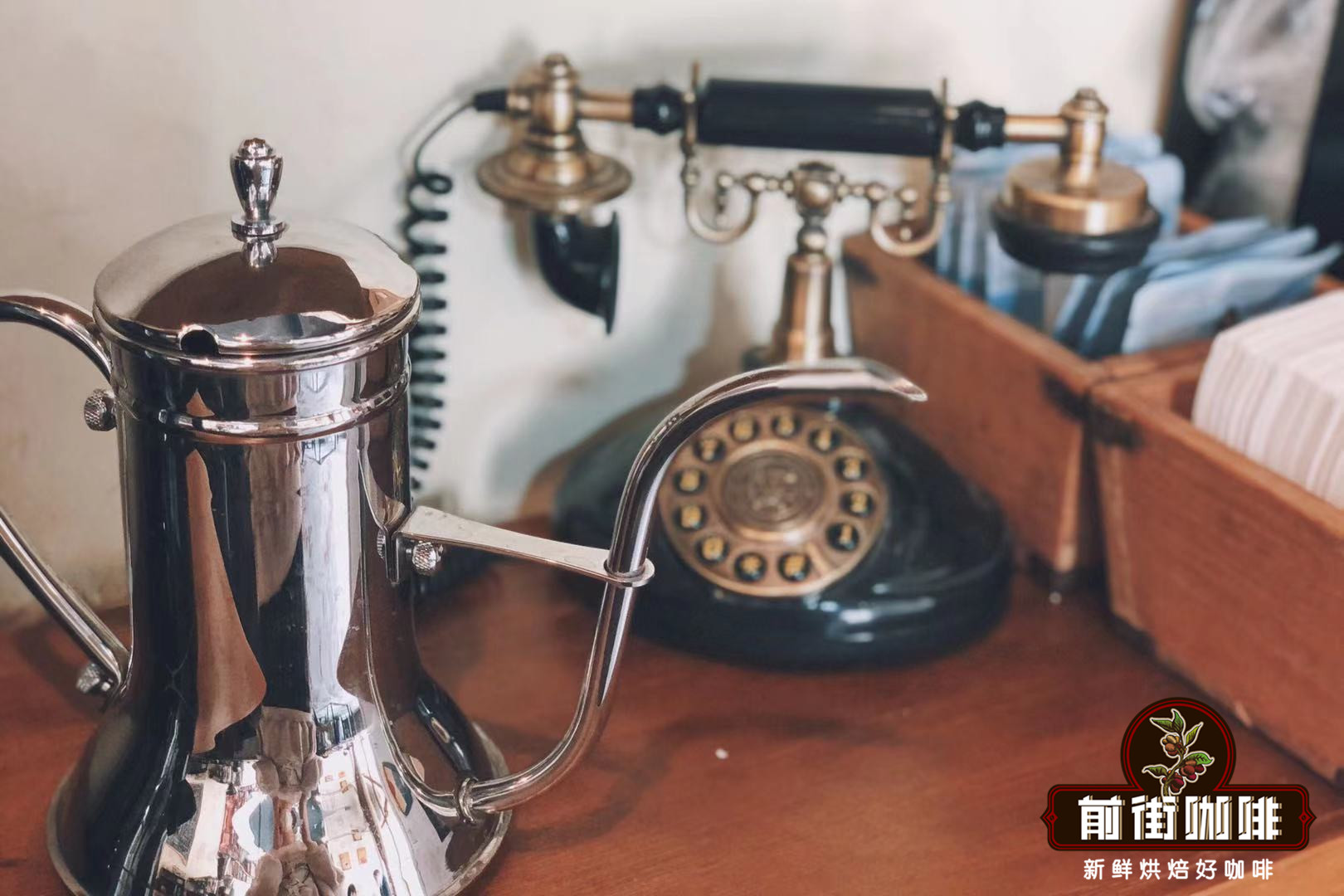
Professional coffee knowledge exchange more coffee bean information please follow the coffee workshop (Wechat official account cafe_style)
Coffee lovers who often drink espresso know that espresso is covered with oil, especially espresso, and that layer of oil is often called "Crema", so why doesn't hand brew coffee have this layer of fat? They are all coffee beans. Is it possible that Italian coffee beans have more oil? Then in this next article, Qianjie Coffee will come to popular science to find out why there is no "Crema" fat on hand-brewed coffee.
How is the oil on espresso produced?
First of all, we need to know where the layer of oil on the surface of espresso comes from. Generally speaking, when the espresso is extracted by a coffee machine in Qianjie, the coffee powder is ground to a very fine size and extracted under pressure as high as 9bar. When the hot water passes through the coffee pressed powder, the carbon dioxide in the coffee powder is under too much pressure, and the water is supersaturated for the carbon dioxide. There is no way to release the carbon dioxide and melt directly into the coffee liquid. The high pressure also forces the oil in the coffee to detach from the coffee pressed powder and is brought out by the hot water.
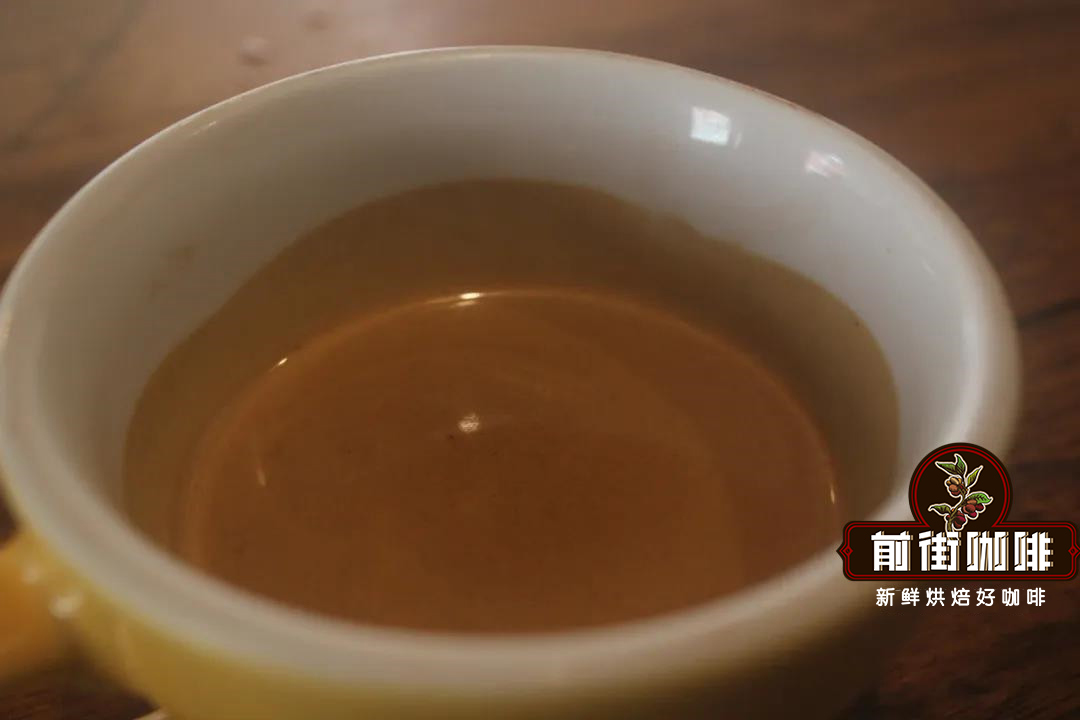
After the coffee is extracted, when the coffee liquid flows out of the coffee machine, the atmospheric pressure returns to normal, and the carbon dioxide that remains in the coffee liquid. When it was ready to return to the air, the carbon dioxide encountered the oil in the coffee liquid. The grease wraps the carbon dioxide that is ready to return to the air. So this is why this layer of oil (Crema) is produced. To put it simply, the reason why we can see obvious oil on espresso is that the emulsified oil foam produced by high pressure extraction is actually not so obvious. There is also a thin layer of transparent liquid floating on the surface of coffee.
So why can't we see the grease layer of hand-made coffee?
First of all, the main reason why hand-brewed coffee looks fat-free is that it is difficult to "squeeze" too much oil out of coffee beans without high-pressure extraction, and second, because filter paper will filter out the oil.

Because the coffee filter paper has a tight structure, most of the gum is blocked in the brewing process, and only the tiniest glial molecules can penetrate the filter paper, so a small amount of oil that can be extracted from hand-brewed coffee will be gone after passing through the filter paper. in the end, the coffee that is low in the pot will be much more refreshing. And espresso, under the strong pressure of the Italian machine, a large amount of colloid can be extracted, the oil will be richer, the taste will be more mellow and fuller.
How to retain the grease of hand coffee?
As mentioned above in Qianjie Coffee, most hand-brewed coffee is boiled with filter cup combination filter paper. because of the filter paper, all hand-brewed coffee has almost no oil, but if you want to retain oil in hand-brewed coffee, is there any feasible way? Of course, according to Qianjie Coffee, in fact, in addition to filter paper, there are two kinds of filter materials to choose from, one is metal filter, the other is filter cloth.
The metal filter, shaped like filter paper, is separated from coffee grounds and liquid coffee by countless small holes, and the filter cloth represents the well-known flannel filter cloth. Both can retain a certain degree of coffee oil, and can also be used repeatedly. But the disadvantage is also very obvious, because there is oil, so carefully wash it many times after each use, make sure to wash the remaining oil on it, otherwise it will affect the taste of coffee when brewing next time.
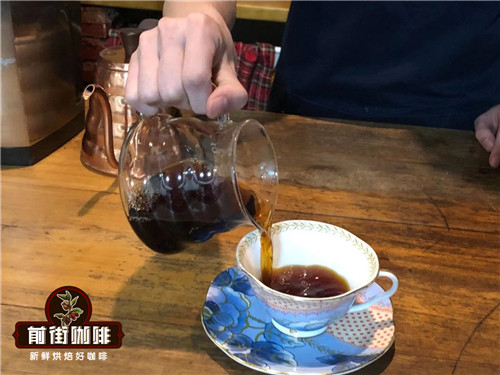
So Qianjie Coffee still advises coffee lovers to use filter paper to make coffee by hand. Then Qianjie Coffee will share some of the correct methods of brewing coffee and the basic knowledge of hand brewing coffee.
The basics of hand-brewing coffee
First of all, what else do you need to prepare for hand-made coffee besides equipment? For the previous street coffee, combining the past experience of hand-brewing coffee and the basic knowledge of hand-brewing coffee, summed up the following seven elements of hand-brewing coffee, to help coffee lovers more intuitively understand hand-brewing coffee.
1. Fresh coffee beans
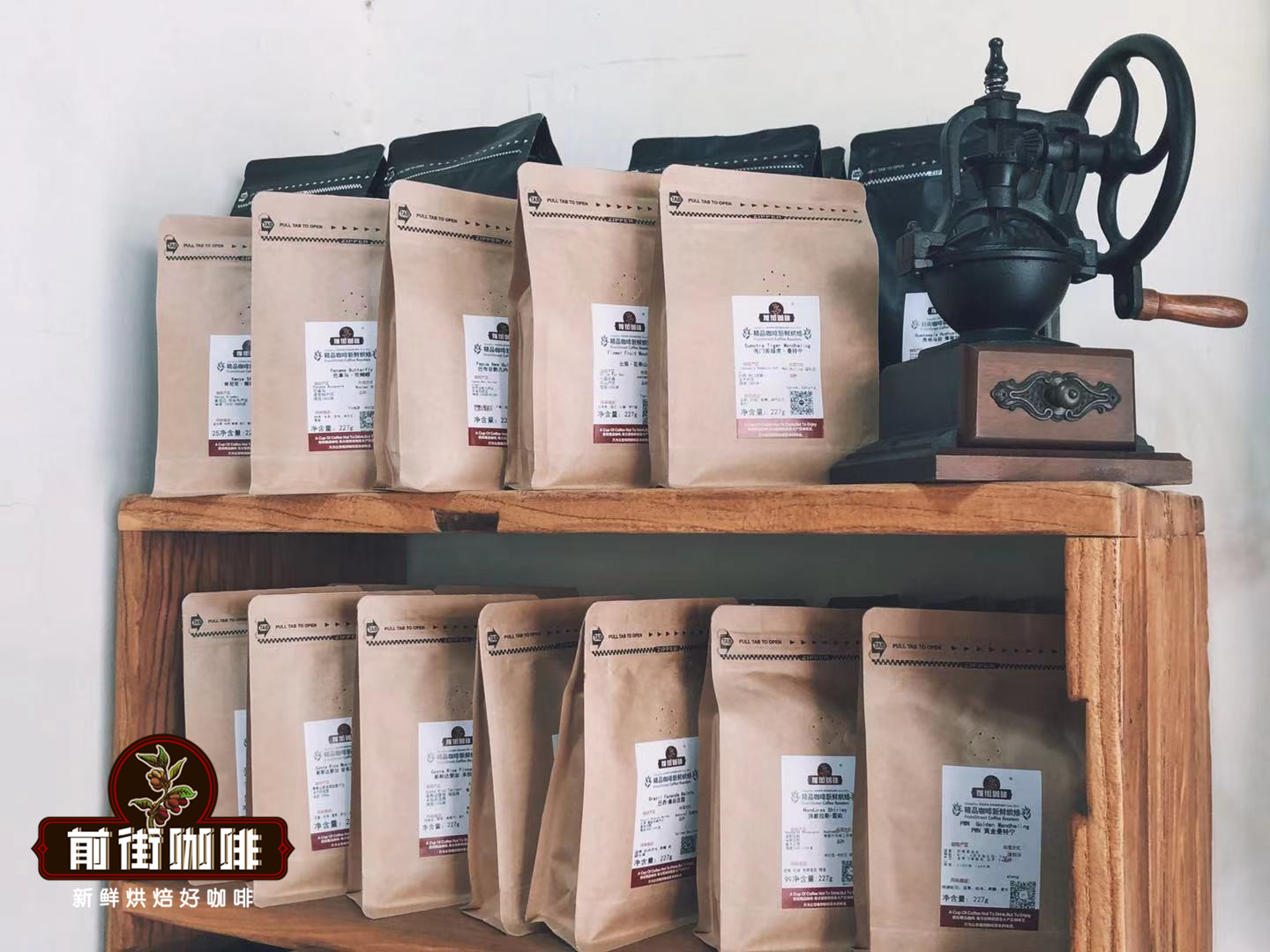
Qianjie coffee believes that the best taste period for coffee beans is 30 days, and the aroma molecules of caffeine decrease with the release of carbon dioxide after 30 days, so the coffee beans after the taste period may feel boring and insipid. This is why Qianjie always emphasizes the point of "using freshly roasted coffee beans" before every time we talk about cooking knowledge.
two。 Standard for the thickness of hand-made coffee powder
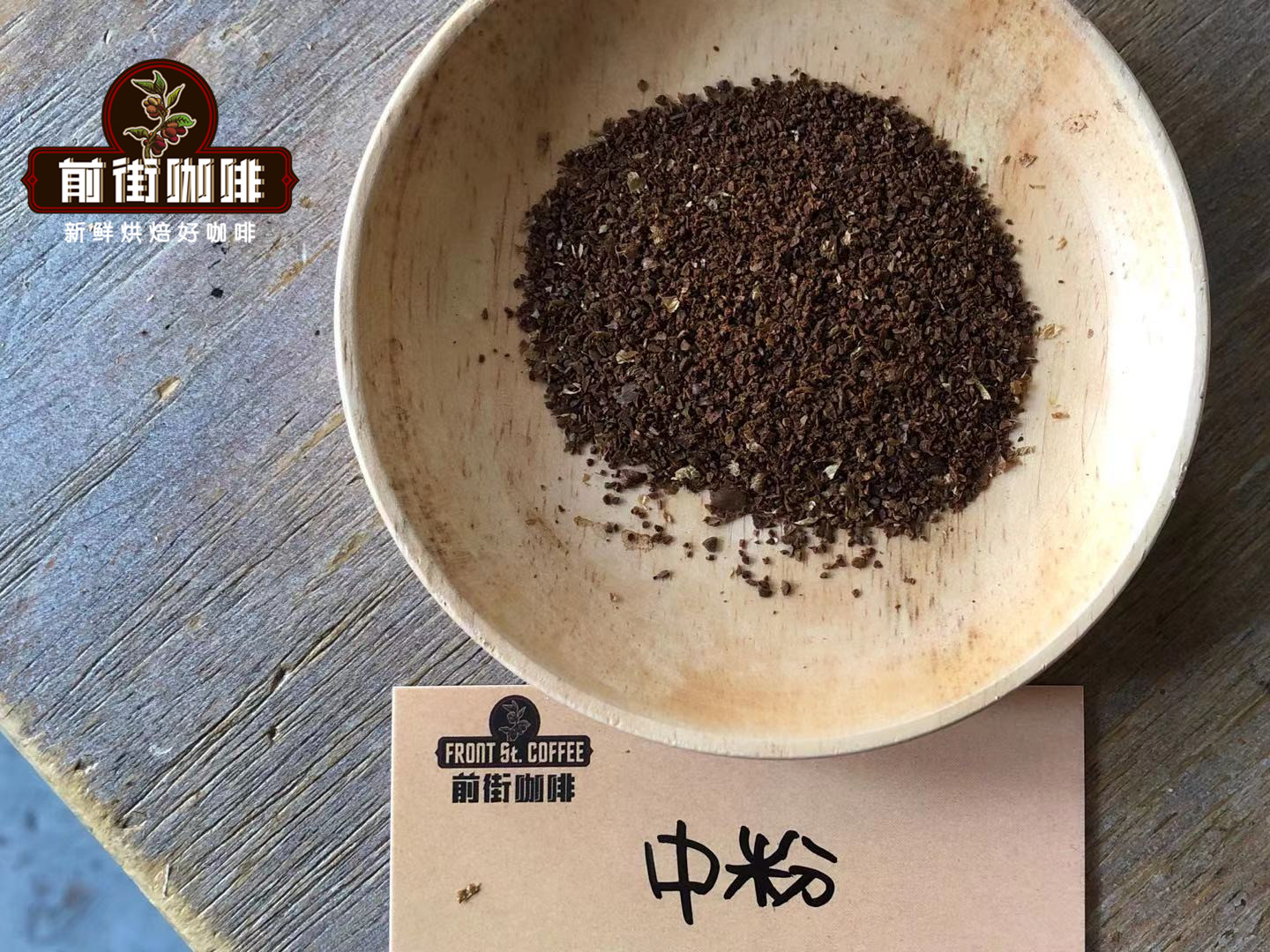
At the same time, in order to ensure that the grinding degree of each bean has the most suitable cooking, Qianjie suggests that you buy a No. 20 cup test and calibration screen, screen aperture 0.85mm, we make 10g coffee beans, adjust a general grinding degree to grind coffee powder, then pour it into the sieve and weigh the coffee powder (be sure to sift until no coffee powder can be sifted out) The screening pass rate of 80% (10g powder can screen 8g) is the most suitable grinding degree for medium and shallow roasted coffee beans, and the screening pass rate is 70% 75% (10g powder sieve 7-7.5g) is the most suitable grinding degree for medium and deep baking. If it exceeds the suitable screening rate, it is appropriate to adjust the coarse grinding degree, and if it does not reach the appropriate screening rate, it is necessary to reduce the grinding degree properly.
3. Temperature of boiling water
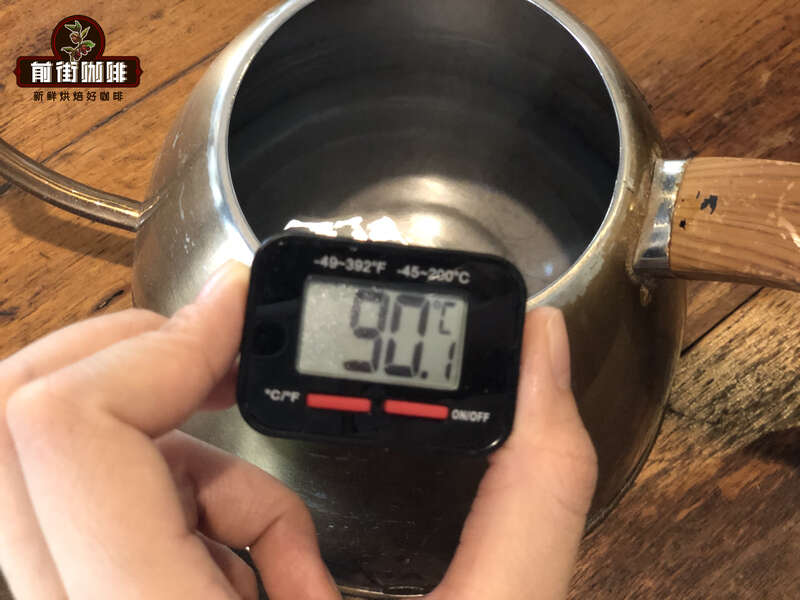
Qianjie coffee will also choose different water temperature when hand-flushing coffee beans with different roasting degrees. When roasting, the substances in the coffee beans are lost with the deepening of the roasting degree, so the deep-roasted coffee beans will lower the temperature in order to avoid extracting too much odor. It is recommended to choose a water temperature of 90-91 ℃ for medium-light baked beans and 87-89 ℃ for medium-deep roasted beans.
4. Water quality

The mineral composition in water, calcium, magnesium, sodium, potassium and other mineral ions in water will affect the thermokinetic extraction ability of coffee, resulting in the change of coffee flavor. Qianjie coffee is not recommended to be directly heated and brewed with tap water. There are many impurities in tap water, and the extracted coffee is prone to unpleasant experience.
5. Selection of brewing filter cup

Qianjie suggests beginners to choose V6001 filter cup, V60 tapered filter cup mouth is relatively large, coupled with its unique spiral curve ribs, so that the air can be discharged more easily so as to improve the extraction quality. The taste may not be thick enough, but its high concentration of sweet and sour and obvious aroma is a major feature of it.
6. Ratio of powder to water
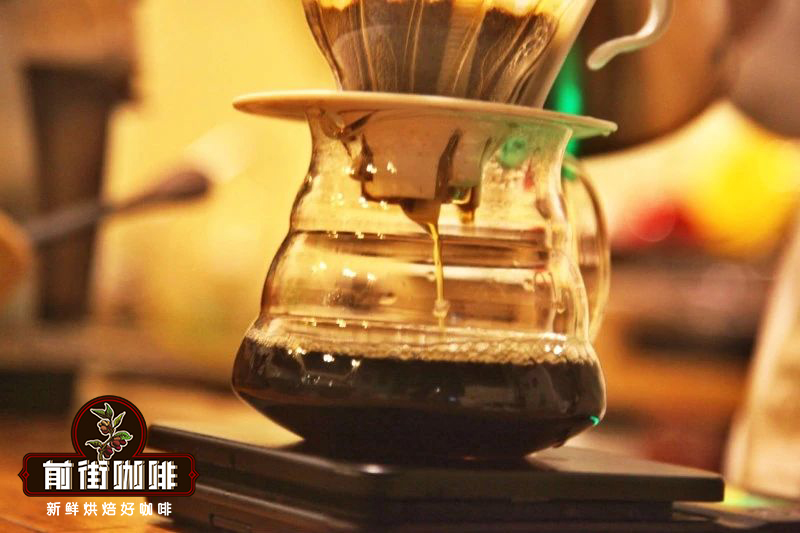
This is the difference between the extraction parameters and taste of hand-brewed coffee according to sca's gold cup extraction theory.
[heavy flavour] 1VOV 101VlV 11, that is, the golden cup criterion of 1RU 12.5mm 1RU 13.5
[moderate taste] 1-12-12-1-13 (I. e. 1-14. 5-1-15. 5)
[refreshing] 1-14-1-1-1-16 (I. e., 1-14-1-1-18. 5 of the Golden Cup Criterion)
The specific brewing amount of coffee beans is 14.5 grams and 15.5 grams of water, which is the easiest to reach the golden range of 18% 22% gold cup extraction rate and 1.15% 1.35% concentration.
That's why Qianjie coffee is always recommended to be brewed at 1:15. Therefore, the information given to us by the SCA extraction ratio parameters above in the Qianjie Coffee Summary is:
(1) the larger the ratio of powder to water, the lighter the taste of coffee, and the smaller the ratio of powder to water, the stronger the taste of coffee.
(2) increasing the amount of water injection to increase the powder-to-water ratio will affect the flavor substance more but the taste will be lighter; reducing the amount of water injection to reduce the powder-water ratio will affect the taste less but the flavor will be more intense.
(3) increase the amount of powder to reduce the ratio of powder to water, reduce the extraction of macromolecular substances in the end of coffee, and increase the ratio of powder to water, before reaching the limit, more complete flavor substances will be extracted. at the same time, the degree of flavor is reduced.
7. Cooking time
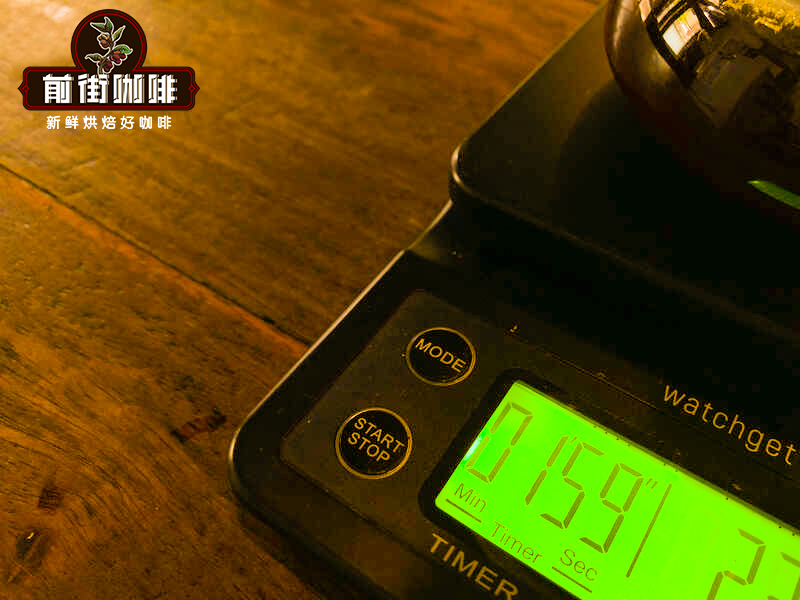
In the extraction of coffee, the aroma and flavor in the early stage are strong, and the concentration is also very high. The later the extract, the taste and aroma will fade. At the same time, the amount of water poured will also affect the extraction time of coffee. Qianjie coffee generally 15 grams of powder, depending on beans, gouache ratio at 1:15 in the case of brewing time will be less than 2 minutes-2 minutes 30, not easy to lead to over-extraction or insufficient extraction.
The basic knowledge of hand-brewing coffee-hand-brewing techniques
And then there is the method of making coffee by hand! At present, there are a variety of hand-brewing methods that can be seen in coffee shops, such as three-stage style, one-step flow, drip-by-drop style, and so on. Here, Qianjie Coffee recommends that beginners use three-stage water injection to brew, because this method is suitable for light-roasted, medium-and medium-roasted coffee beans. The segmented extraction method of three-stage water injection can clarify the flavor of the front, middle and back of the coffee, and can ensure the flavor of the coffee.

For example, Qianjie coffee has also been mentioned above that brewers need to pour water with appropriate temperature and capacity into the coffee powder for coffee liquid extraction in order to extract a cup of delicious coffee. after all, hand-brewed coffee can also be called an art. for example, cooking a dish not only requires fresh ingredients, but also needs to pay attention to the heat and the skills of the chef. Hand-brewed coffee is no exception. Next, Qianjie Coffee will teach you how to pour water into the three stages of hand-brewed coffee.
Coffee brewing method-three-stage brewing technique:
First water injection: steaming (to help exhaust)

Many coffee lovers do not know the significance of steaming hand-brewed coffee. In fact, steaming is needed because coffee beans will undergo a series of chemical reactions and physical changes during the roasting process from raw beans to cooked beans. After a certain degree of roasting, coffee beans accumulate a lot of gas (mostly carbon dioxide).
Generally speaking, the fresher it is, the closer it is to baking, and the more bubbles usually appear during steaming. Deep-baked beans also release more gas during steaming than shallow baked beans. The coffee beans of Qianjie coffee are freshly roasted, so guests are generally advised to grow beans for three days and let the beans release carbon dioxide first, so that the problem of instability and insufficient extraction can be avoided.
After steaming and discharging the gas, the coffee particles can absorb water evenly, which can make the extraction uniform in the later stage. Good steaming can not only make the coffee powder exhaust quickly, fully and evenly, but also make the coffee powder come into contact with the water quickly, helping the coffee powder to be extracted evenly. These are precisely the purpose and significance of steaming hand-made coffee.
Second water injection

The second water injection starts from the middle, and a small water column is injected into the bottom of the powder layer. in order to concentrate the penetration force of the water column, the range of movement around the circle is small, about the size of an one-dollar coin, and then out. At the beginning of the second water supply, we should pay attention to the amount of water, and try not to exceed the height of the powder layer, that is, when the water column is wound close to the filter paper, the water supply can be stopped.
The third water injection
As the thicker powder layer on the edge of the original filter paper becomes heavier because of the draft, and as the water level falls and becomes thinner, the water level drops to half and the third water injection can be carried out.
From the third water supply, it is necessary to observe the extent of the decline of the water level, also from the center of the water supply circle, the amount of water should not exceed the height of the powder layer, then it will also be observed that the proportion of foam has already occupied the surface, and the third water injection will increase the tumbling of coffee granules, let all the deposited particles tumble, and then dissolve the soluble matter.

The rolling particles will start to rest because they stop adding water, and at this time they have to rely on the velocity caused by the falling water level to make the coffee particles produce friction, so once the addition of water stops, the coffee powder particles will sink, causing blockage, so pay special attention to the rhythm of adding water. If the water is cut off too many times, it is tantamount to letting the coffee powder particles soak in the water all the time, which will lead to the astringent and miscellaneous taste of the coffee extract at the end.
If the water is cut off too many times, it is tantamount to letting the coffee powder particles soak in the water all the time, which will lead to the astringent and miscellaneous taste of the coffee extract at the end.

The above is the relevant content of Qianjie Coffee about how to make coffee by hand, hoping to help coffee lovers who have prepared the equipment and want to make hand-made coffee at home.
For more boutique coffee beans, please add private Qianjie coffee on Wechat. WeChat account: kaixinguoguo0925
Important Notice :
前街咖啡 FrontStreet Coffee has moved to new addredd:
FrontStreet Coffee Address: 315,Donghua East Road,GuangZhou
Tel:020 38364473
- Prev
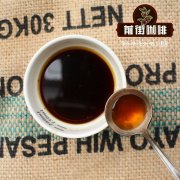
Boutique coffee treatment: hot spring water processing coffee have you ever heard of Salvadoran hot spring coffee?
Professional coffee knowledge exchange more coffee bean information please follow the coffee workshop (Wechat official account cafe_style) El Salvador. Santa Teresa Manor. Hot Spring Coffee El Salvador Santa Teresa Pakamark El Salvador is the smallest country in Central America, located close to Hongdura, Guatemala and the North Pacific Ocean, with amazing volcanoes.
- Next

Can't tell the difference between latte and cappuccino in drinking Coffee A brief Analysis of the difference between Cabo and latte
Professional coffee knowledge exchange more coffee bean information Please follow the coffee workshop (Wechat official account cafe_style) every beautiful morning, we all need a cup of coffee to make ourselves more awake, so you will bring a cup of coffee to one of your favorite coffee shops on your way to work or class. But when you stand at the ordering counter, you may hesitate to drink a latte.
Related
- Detailed explanation of Jadeite planting Land in Panamanian Jadeite Manor introduction to the grading system of Jadeite competitive bidding, Red bid, Green bid and Rose Summer
- Story of Coffee planting in Brenka region of Costa Rica Stonehenge Manor anaerobic heavy honey treatment of flavor mouth
- What's on the barrel of Blue Mountain Coffee beans?
- Can American coffee also pull flowers? How to use hot American style to pull out a good-looking pattern?
- Can you make a cold extract with coffee beans? What is the right proportion for cold-extracted coffee formula?
- Indonesian PWN Gold Mandrine Coffee Origin Features Flavor How to Chong? Mandolin coffee is American.
- A brief introduction to the flavor characteristics of Brazilian yellow bourbon coffee beans
- What is the effect of different water quality on the flavor of cold-extracted coffee? What kind of water is best for brewing coffee?
- Why do you think of Rose Summer whenever you mention Panamanian coffee?
- Introduction to the characteristics of authentic blue mountain coffee bean producing areas? What is the CIB Coffee Authority in Jamaica?

